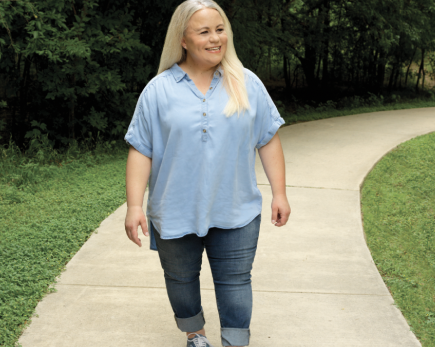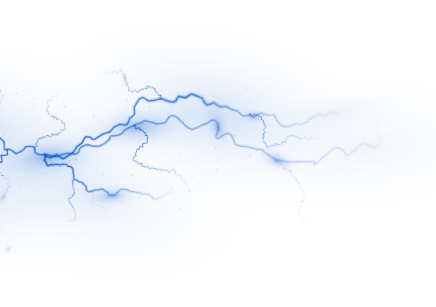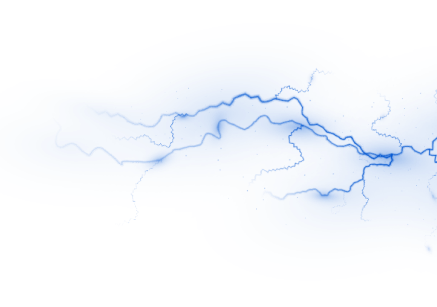Clinical studies in pediatric patients showed that CRYSVITA1:
- Helped heal rickets
- Reduced rickets severity
- Increased growth
- Increased and sustained serum phosphorus levels
Actor portrayal
FGF23=fibroblast growth factor 23; XLH=X-linked hypophosphatemia.




Take the first step by filling out the enrollment form.


Set up time with a representative to talk more about CRYSVITA,
or sign up for more information on CRYSVITA for the treatment of XLH.

CRYSVITA® (burosumab-twza) is a fibroblast growth factor 23 (FGF23) blocking antibody indicated for the treatment of X-linked hypophosphatemia (XLH) in adult and pediatric patients 6 months of age and older.
CONTRAINDICATIONS
CRYSVITA is contraindicated:
WARNINGS AND PRECAUTIONS
Hypersensitivity
Hyperphosphatemia and Risk of Nephrocalcinosis
Injection Site Reactions
ADVERSE REACTIONS
Pediatric Patients
Adult Patients
USE IN SPECIFIC POPULATIONS
PATIENT COUNSELING INFORMATION
You may report side effects to the FDA at (800) FDA-1088 or www.fda.gov/medwatch. You may also report side effects to Kyowa Kirin, Inc. at 1-844-768-3544.
For important risk and use information, please see the full Prescribing Information for CRYSVITA.
CRYSVITA® (burosumab-twza) is a fibroblast growth factor 23 (FGF23) blocking antibody indicated for the treatment of X-linked hypophosphatemia (XLH) in adult and pediatric patients 6 months of age and older.
CONTRAINDICATIONS
CRYSVITA is contraindicated:
WARNINGS AND PRECAUTIONS
Hypersensitivity
Hyperphosphatemia and Risk of Nephrocalcinosis
Injection Site Reactions
ADVERSE REACTIONS
Pediatric Patients
Adult Patients
USE IN SPECIFIC POPULATIONS
PATIENT COUNSELING INFORMATION
You may report side effects to the FDA at (800) FDA-1088 or www.fda.gov/medwatch. You may also report side effects to Kyowa Kirin, Inc. at 1-844-768-3544.
For important risk and use information, please see the full Prescribing Information for CRYSVITA.
Reference:
1. CRYSVITA (burosumab-twza). US Prescribing Information. Kyowa Kirin, Inc.; March 2023.